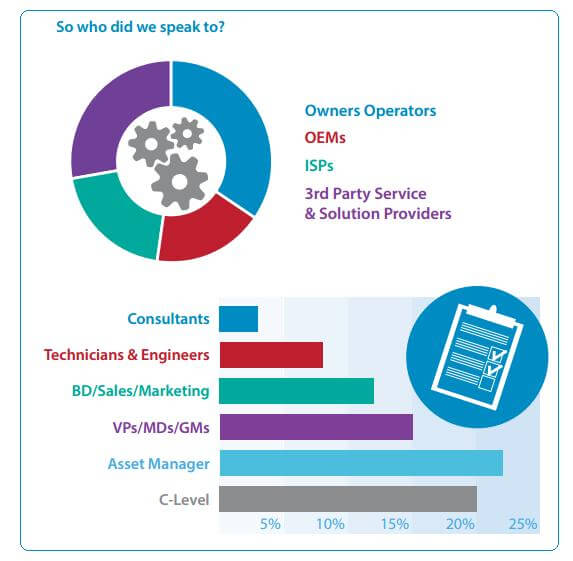Editor’s note: This article was excerpted from a paper, 20 critical challenges for Wind O&M 2016, that will be presented at the O&M Summit organized by Wind Energy Update. The article provides a summary of key insights, challenges, and opportunities to the wind industry’s O&M sector. The Summit is scheduled for April in Dallas, Texas. Register here for the conference
What is our research process and why? 
To stay up to date with the industry, and ensure that our wind O&M conference agenda doesn’t miss a trick, we reach out to and speak with the wind industry’s elite executives and O&M specialists to get a handle on what’s going on. We’re interested in understand what keeps these professionals awake at 3am, what innovations are making them excited and where they see critical challenges waiting to be overcome and opportunities reaped.
All our research has taken place in informal conversations with 50+ of these key decision makers over the past 10 weeks, giving us a glimpse into the state of the wind industry as it is right now, so as it was 12 months ago. So instead of sitting on this wealth of fresh insights, we wanted to share with you the key facts, perspectives and concerns of the O&M sectors chief stakeholders right as you plan your work through 2016. Why you need to care about Wind O&M?
Operations and maintenance (O&M) in the wind industry refers to lifecycle management of onshore wind turbines and frontline energy distribution facilities. We’ve found over the years that the main goal of professionals in this field is to ensure the reliability and longevity of critical assets by reducing the ratio of O&M spending vs. energy generation by reducing costs or optimizing energy production, and reducing overall downtime. In the wind industry in particular, it is important to understand the technology or processes that results in increased reliability of assets – or lower maintenance costs – that will directly impact owner/investor returns on wind energy. However, we’ve also found that as many turbines age and get to the wrong end of the ‘bathtub’ curve right across the U.S. this job is getting far harder, as turbines failure risk starts to increase again.
Filed Under: News, O&M




